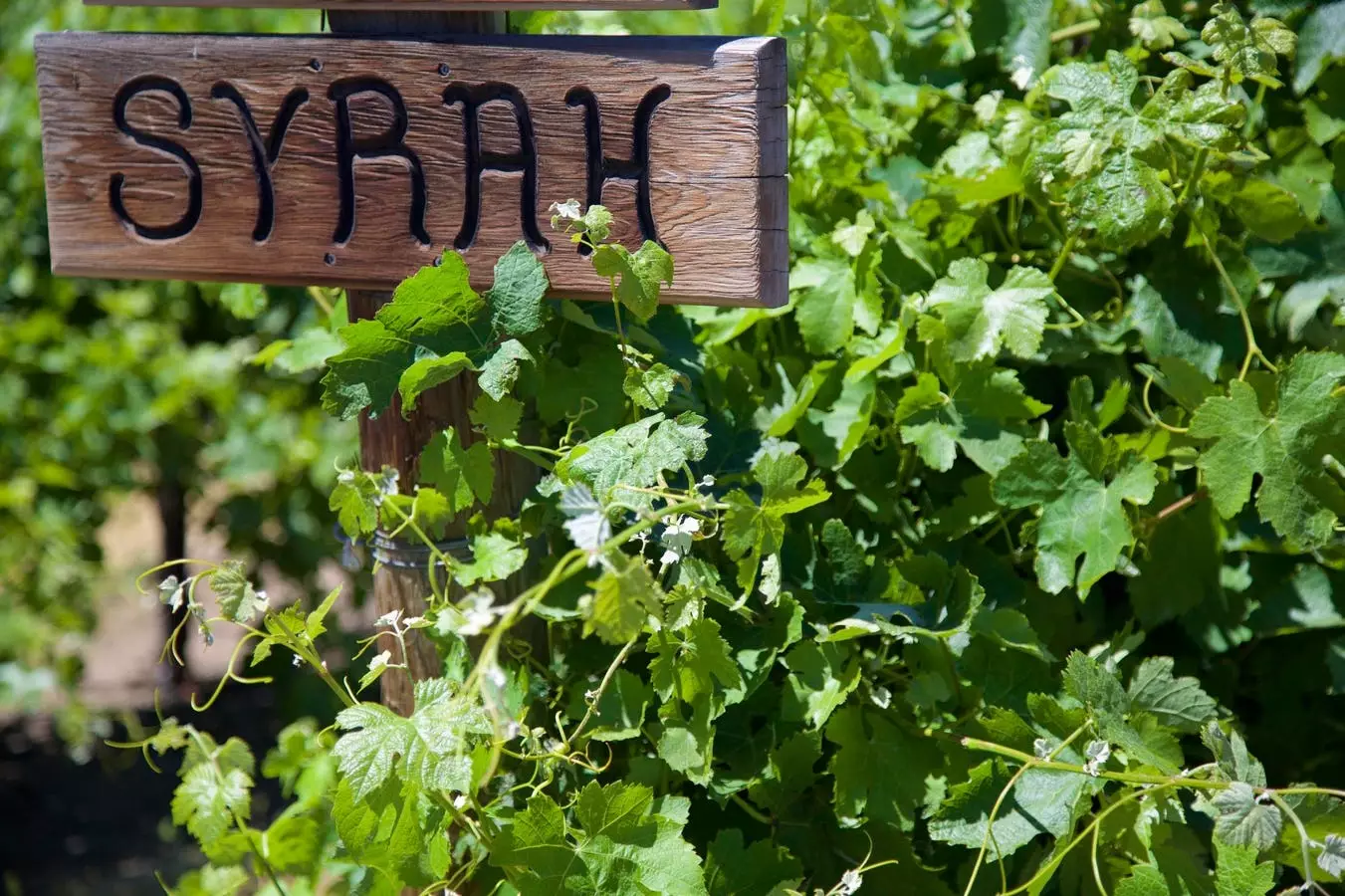Syrah, also known as Shiraz, is a red wine originating from France but widely planted in various regions across the globe. The variations in climate, soil, and regional style affect the expression of Syrah, making it bold and full-bodied with notes of smoke, black fruit, and pepper spice. Syrah can be either round and fruity or dense and tannic, offering a style for every wine enthusiast. Regions with cooler climates, both in the Old World and New World, refer to the grape as Syrah, while warmer regions, especially South Australia, call it Shiraz due to its lush and fruit-forward characteristics.
Exploring the Taste of Syrah
Syrah is a dry, full-bodied wine with brisk acidity, moderate to high alcohol content, and firm tannins. It boasts flavors ranging from smoke, bacon, herbs, red and black fruits, to pepper and floral notes. When aged in oak, Syrah develops tertiary flavors like vanilla and baking spice. Overall, Syrah offers a more elegant, lean, and savory taste compared to its bolder cousin, Shiraz.
Understanding the Taste of Shiraz
Individuals seeking bold and full-bodied wines gravitate towards Shiraz, known for its opaque, ruby-purple hue and concentrated aromas of blueberry, blackberry, and ripe tannins. Alongside big fruit flavors, Shiraz showcases notes of smoked meat and black pepper spice. The alcohol content in Shiraz tends to be higher, enhancing its robust profile. Barossa Valley is renowned for producing exceptional Shiraz wines.
Exploring the Color of Syrah/Shiraz
Syrah/Shiraz wines typically have a deep red ruby to purple hue, reflecting their red-skinned grape origins. In their youth, these wines are often inky and opaque, darker than Cabernet Sauvignon. However, with age, the color of Syrah tends to lose pigmentation and concentration while taking on garnet tones. In rare cases, Syrah is used to produce rose wines.
Alcohol Content in Syrah/Shiraz
The alcohol levels in Syrah/Shiraz wines vary depending on the growing region and climatic conditions of the harvest year. Cooler climates yield lower alcohol content, while warmer regions result in higher alcohol levels. Syrah from regions like France typically has around 13-14% alcohol volume but can reach 14.5-15.5% in warmer climates like South Australia.
Pairing Syrah and Shiraz with Food
Syrah from cooler regions pairs well with game, duck, mushrooms, stews, veal, and meaty pastas, given its brisk acidity and earthy flavors. On the other hand, Shiraz’s fruit-forward profile makes it an excellent match for casual dishes like burgers and BBQ ribs. With richer, fuller-bodied Shiraz wines, consider pairing them with grilled beef, lamb, or braised meats to enhance the dining experience.
Both Syrah and Shiraz wines are typically made in dry styles, though some entry-level Shiraz may contain residual sugar. The perception of ripe fruit flavors in Shiraz, especially from warm climates, is not attributed to sugar content. Dry wines result from the conversion of grape sugar into alcohol by yeast, with residual sugar levels kept minimal for a dry classification.
Calories and Carbohydrates in Syrah
Syrah wines are generally dry, containing calories from alcohol despite minimal sugar content. A 5-ounce serving of Syrah equates to approximately 125 calories, with higher-alcohol wines like Shiraz containing more per glass. Shiraz with residual sugar may slightly increase calorie and carbohydrate content, but dry wines typically range between zero and 4 grams of carbohydrates.
To savor the best flavors of Syrah/Shiraz, serve the wines slightly chilled between 60-65°F to balance the alcohol warmth and preserve the aromas. Refrigerate any leftover wine with the cork for 2-4 days to maintain freshness, avoiding oxidation beyond this timeframe. Enjoy the diverse offerings of Syrah and Shiraz wines with varied food pairings, tailored to enhance each wine’s unique characteristics.

